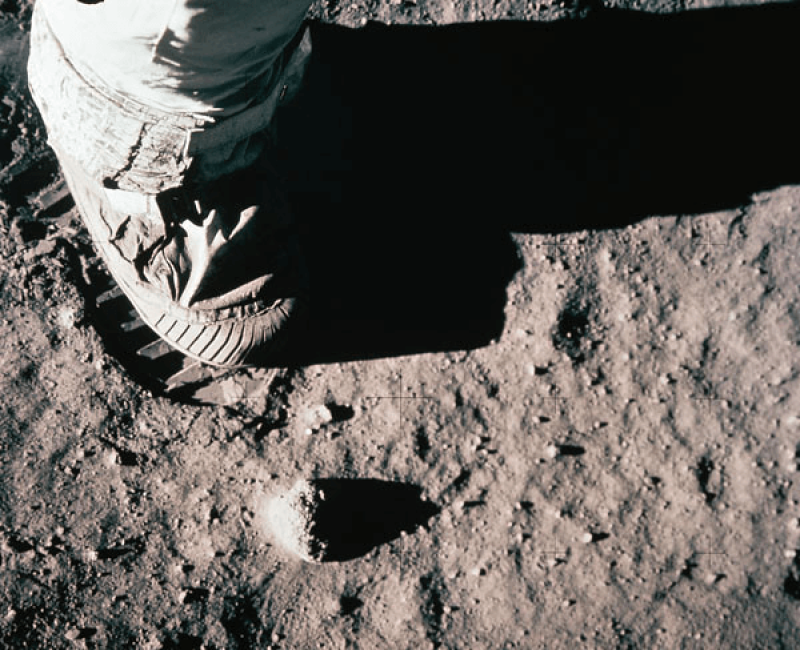If humankind is ever to establish long-term bases on the moon, there will be a need for a regular source of food. It is not practical, however, to think you can plant corn or wheat in plain lunar soil in greenhouses on the moon and expect a bumper crop – or any crop at all.
But scientists are taking steps toward making moon agriculture a real possibility. Researchers said on [November 9] they have found a way to turn inhospitable lunar soil fertile by introducing bacteria that enhance the availability of phosphorus, an important plant nutrient.
They found that such soil treated with three species of bacteria produced plants with longer stems and roots as well as heavier and wider clusters of leaves compared to the same soil without the microbes.
The action of the bacteria, the researchers said, made the soil more acidic. This resulting low pH environment caused insoluble phosphate-containing minerals to dissolve and release the phosphorus in them, increasing phosphorus availability for the plants.































